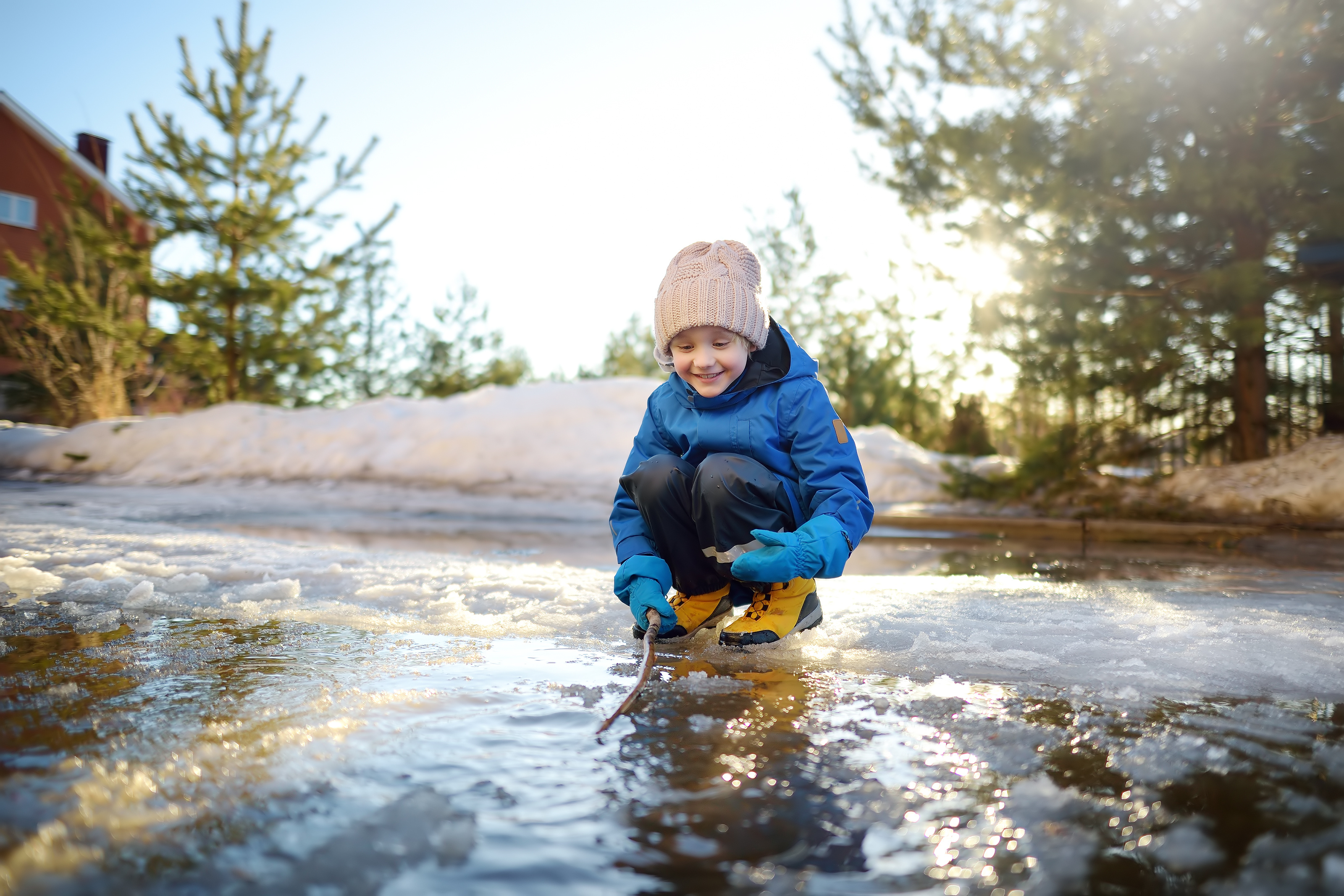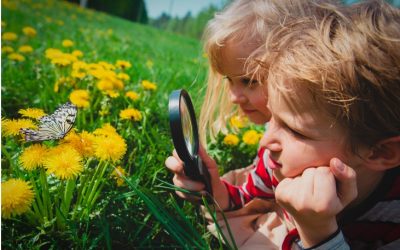Aperçu
Dans cette activité, les apprenants se demanderont ce qu’ils porteraient lors d’une sortie hivernale dans l’un des parcs provinciaux du Nouveau-Brunswick. Ils apprendront le vocabulaire des vêtements d’hiver, en incorporant le temps hivernal, l’apprentissage en plein air et ce qu’ils porteraient lors d’une activité en plein air. L’activité culminante est une journée d’activités hivernales en plein air.
Overview
In this activity, learners will engage with what they would wear for a winter outing at one of New Brunswick’s provincial parks. They will learn vocabulary for winter clothing, incorporating winter weather, outdoor learning and what they would wear to an outdoor activity. Culminating activity is an outdoor winter activity day.
NB Curricular Connections
Example: FILA Grades 1 and 2
French
- Strand: Speaking and Listening – Big Idea: Oral Production: Speak on topics closely related to students’ experiences using precise language.
- CEFR A1.1- Production Orale- Je peux nommer les objets courants comme les vêtements.
- Strand: Oral Interaction – Big Idea: Participate in conversations on familiar topics related to surroundings and personal experiences using precise language.
What You’ll Need
- Winter clothing like mittens, a scarf or neck warmer, a tuque, boots, coat and snowpants.
- Printed out cards from the attached PowerPoint.
Instructions
- Put on this ‘winter sound scape’: 💨 Winter Storm Ambience with Icy Howling Wind Sounds for Sleeping, Relaxing and Studying Background. (youtube.com) Ask students to close their eyes and listen to the sounds of the winter storm. Then ask them to imagine they are standing outside in that winter storm and ask them what they are wearing to stay warm. If they don’t have the vocabulary yet, they could draw a picture of themselves in this outdoor scenario. Explain to learners they will also talk about different activities to do outside.
- Explain to students we are learning about winter, warm clothing, and outdoor activities. They will learn words for winter clothes and get a chance to engage in activities to tryout their new knowledge.
- Use the ‘word wall’ cards provided. Ask learners if there are any they already know. If the conversation naturally goes to what activities they do outside, let the conversation evolve. Discuss the different activities there are to do outside in the winter.
- Les vêtements d’hiver. A simple song about winter clothing. French winter kids song. (youtube.com)
Learners can listen to this song and practice the vocabulary.
- Check out videos on Idéllo that have a ton of winter activities to do outside.
Explorer les ressources | Idéllo (idello.org)
- Engage in some games with new vocabulary such as educator says the word, and learners draw it on whiteboards, or charades. Based on readiness, learners can start to incorporate negation- what they like and what they don’t. (Cards included in word wall).
- Learners can practice this with the activity 2 walls. One wall is ‘j’aime’ and the other is ‘je n’aime pas’. The educator chooses an activity- “Est-ce que tu aimes faire la raquette? » Learners choose their wall and walk over. Group says ‘oui, j’aime faire la raquette’, or ‘non, je n’aime pas faire la raquette’. Continue with other activities.
- This could be extended into 4 coins, with ‘j’aime’, ‘je n’aime pas’, ‘j’adore’ and ‘je déteste’.
- Final activity– plan a day at one of our provincial parks! See the attached poster for details about booking a day at one of the NB parks. Outing can be in French or bilingual to help early learners. This is a free activity, bus included.
If attending an NB park is not possible, plan a French outdoor activity day at school. Place stations around your school using familiar activities and resources that are available through your phys ed.
Extension ideas (optional)
- Modify this idea with Spring, Summer or Fall clothing.
- Using a tune learners recognize (frère jacques, bonne fete, etc.), get them to create their own song using different clothing items.
- Winter Story Stones:
Collect smooth stones and draw winter-related images on them (snowflake, mittens, hot cocoa, etc.).
Place the stones in a bag.
Children can take turns picking a stone and incorporating that item into a collaborative winter-themed story, building their storytelling and vocabulary skills.
- Snowball Sight Word Toss:
Write sight words on snowballs (white paper crumpled into a ball).
Have children toss the snowballs onto a target while reading the sight word aloud. This combines physical activity with reading practice.
- Winter Nature Journal:
Provide children with a winter nature journal and encourage them to observe and draw what they see outdoors.
Use descriptive language to talk about the weather, animal tracks, and other natural elements.
Reflection Activity
Please see the attached PDF for several choices on how you and your learners can reflect upon today’s activity.
Attachment
Mme Mindset Brain break ceci ou cela hiver
Global Competencies
What We Teach: Being and Becoming Globally Competent – NB Curriculum Framework (nbed.ca)
Collaboration and Communication




